Listen to this article
This guest post was written by Sara Szakaly, MLS, Archivist & Records Manager for the APHIS Wildlife Services, WS National Wildlife Research Center located in Fort Collins, CO. The Plains to Peaks Collective, the Co-Wy Hub of the Digital Public Library of America, recently shared new collections with the DPLA. This collection of artifacts from the National Wildlife Research Center is one of the many highlights. Thank you NWRC for sharing!
There are many tools in a wildlife researcher’s toolbox—from binoculars and reference books to traps, radio telemetry collars and specialized laboratory equipment. The history of these tools and how they are used can be as interesting as the wild animals they help to explore.
The National Wildlife Research Center (NWRC) recently shared with DPLA a new collection of photographed artifacts from the NWRC Archives Artifact Collection. NWRC, located in Fort Collins, CO, is the research unit of the U.S. Department of Agriculture’s Wildlife Services program. Its scientists and support staff are dedicated to finding solutions to wildlife damage management problems related to agriculture, natural resources, property and human health and safety.
A wide variety of artifacts are represented in this collection, and they span nearly the entire history of NWRC and its predecessor agencies. One of these agencies, the Bureau of Biological Survey (BBS), created the oldest artifact in our collection. In the early 1900s, BBS surveyors collected hair from over 180 North American mammal species. The hair samples were put into microscope slides labeled with date, location, species, and the collector’s name.
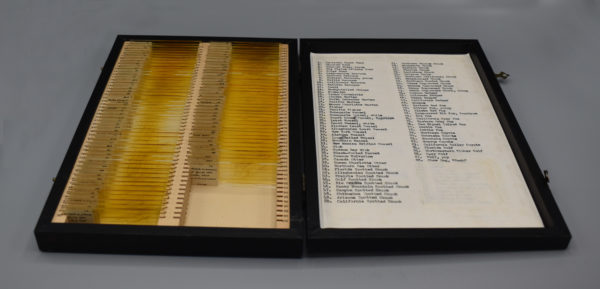
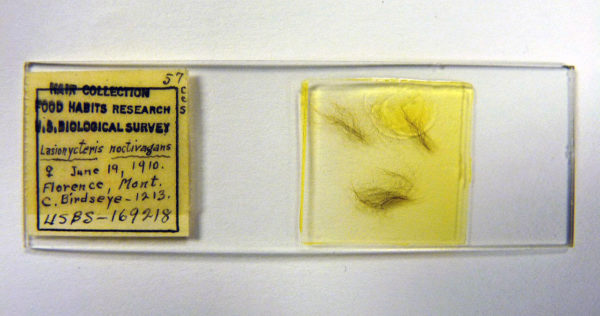
Many of the surveyors who collected the specimens were well-known naturalists. For example, BBS surveyor Edmund Heller was friends with Theodore Roosevelt and accompanied him on an expedition to Africa after his presidency. Another BBS collector, Clarence Birdseye, became interested in the fast freezing of food while on a research expedition in the arctic. He invented a flash-freezing machine that lead to the founding of Birds Eye frozen foods, which is still a major food company today.
Wildlife research occurs both in the field and in the laboratory. Chemists and other scientists have been important members of NWRC’s research team since its inception. NWRC laboratory research has ranged from examining biological specimens to the analysis and development of chemical repellents and vaccines. Several laboratory artifacts are represented in the collection, including a centrifuge used by biochemist Huo Ping-Pan in the 1970s and 80s, and a Bausch and Lomb microscope manufactured in 1938.
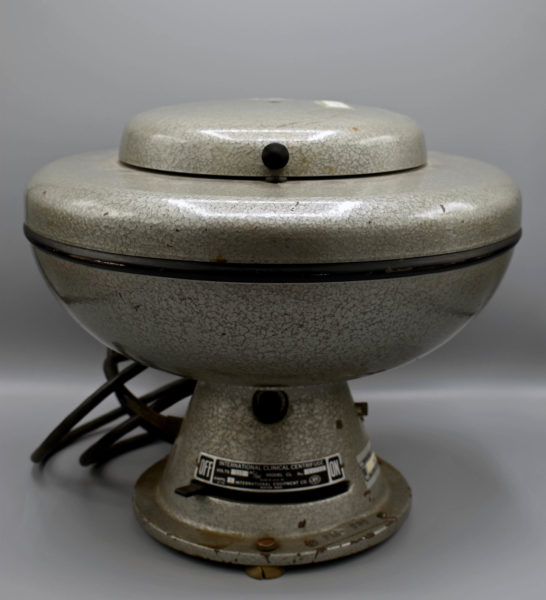
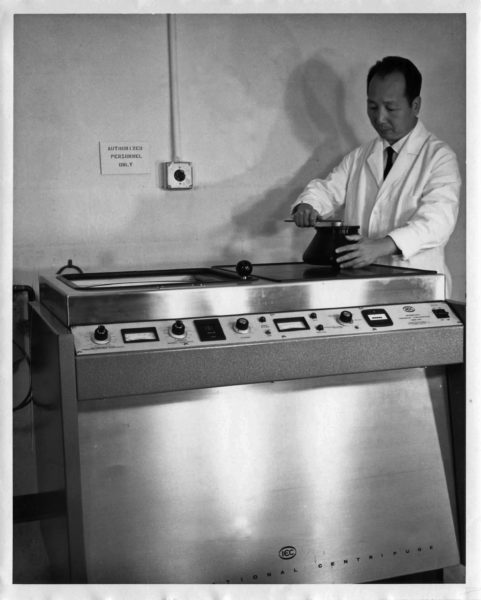
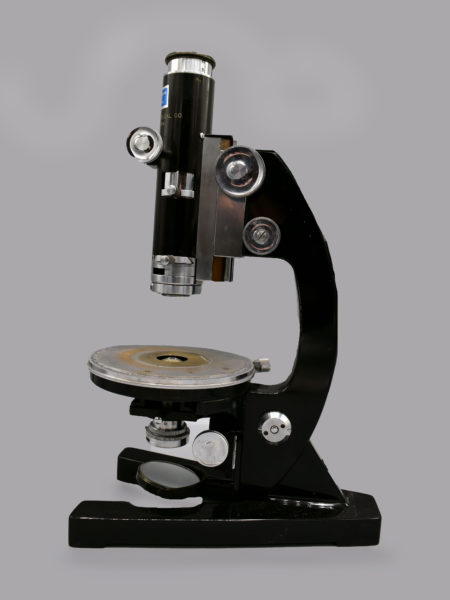
Many of the artifacts in the collection were created by the NWRC Electronics Unit, which pioneered work in wildlife telemetry throughout the latter half of the 20th century. Engineers conducted extensive research to develop small, lightweight, and long-lasting tracking devices to aid in the study of wildlife movements and behavior. The Unit created tailor-made transmitters for dozens of species, ranging in size from small birds to bears, even including aquatic animals such manatees and sea turtles. The artifact collection includes transmitters and transmitter collars for birds, coyotes, rats, manatees, polar bears, and other species.
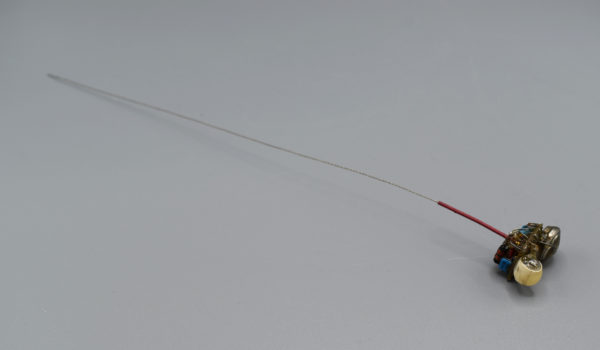
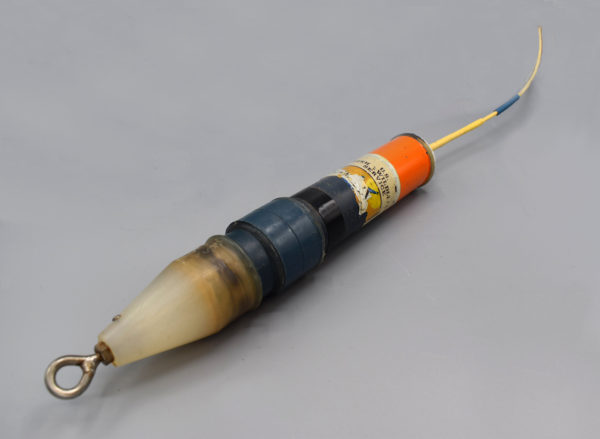

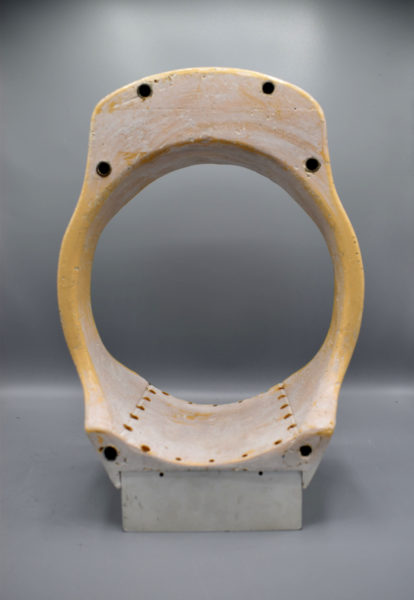
These artifacts provide just a glimpse into NWRC’s rich history of research and innovation. To learn more, visit: https://www.aphis.usda.gov/aphis/maps/sa_wildlife_services/ct_nwrc_history.
![]()
If you would like to share collections with the DPLA or if you just have questions about the program please contact, Leigh Jeremias, at ljeremias@coloradovirtuallibrary.org. For more information about the PPC visit our website.
- 2025 Support for Newspaper Digitization - November 13, 2024
- An Appreciation of the Colorado Historic Newspapers Collection - November 4, 2024
- “Journalism is the first rough draft of history” – Philip L. Graham - October 23, 2024